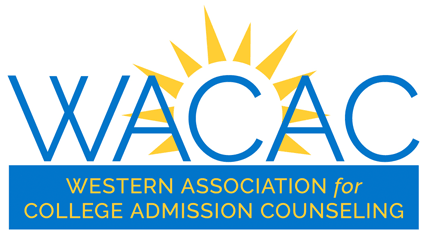By Rosario Torres
By now you should have heard major FAFSA changes are coming your way Fall 2016 for the 2017-2018 academic year. While these changes have raised legitimate questions as to how college administrators will treat the new FAFSA, it’s important for us as admission counselors to explain the benefits of the new form with prospective students and their families to ensure a stress-free financial aid season. I hope that as admission counselors and supporters of higher education we take the responsibility to familiarize ourselves with these changes so we can feel comfortable in answering any questions and concerns from families—but most importantly, share our enthusiasm for making college education easier and accessible to ALL. These changes are intended to increase FAFSA completion by students of all socioeconomic backgrounds: particularly the number of FAFSA applications for first generation and low-income students who have traditionally faced more barriers in completing the form. By having the new FAFSA mirror the existing traditional admissions cycle, students will now able to consolidate the college application process. In a time of wealth of information, it is so refreshing to see progressive and inclusive financial aid practices being made every year and I often wonder where our collaboration will take us in future years.
So what exactly is Prior-Prior year (PPY)? Typically students will apply for FAFSA and use the tax information of the year prior. Beginning in October 2016, with PPY, HS seniors will be able to complete the FAFSA using tax information from two years prior. For example, for our incoming Fall 2017 class, students will be able to use 2015 tax information. To reiterate how awesome the new FAFSA will be—here are a few things we can definitely look forward to as we continue to strengthen partnerships with families.
Less room for error
Because the new FAFSA for next year’s HS seniors will be completed using 2015 tax information, this will give more time to families to not only complete their taxes on time, but also report their tax information appropriately without having to estimate on the FAFSA form and later having to update tax information for accuracy. Our hope is that 2015 taxes will already be done by the time they apply for financial aid.
Convenience
Since most families will have completed their taxes from the prior year by October, this means more parents will be able to access the Data Retrieval Tool (DRT) to automatically transfer their electronic tax information to the FAFSA. By doing this, students will be less likely to be selected for verification and will reduce the number of paperwork to be completed by the student (which in many cases, slows down the process for many of our students). This is absolutely wonderful. Need I say more?
More time to consider Financial Aid Offers
Since financial aid offices will have more time to put together financial aid award letters, an earlier financial aid award letter will complement and streamline the admissions cycle. As a result, students have more time to ask questions, visit our financial aid offices and carefully weigh out their options in financing their college education and ensure all financial aid requirements are successfully met by the time they matriculate.
As a supporter of this change, I am optimistic about PPY and I welcome collaboration and innovation to make higher education accessible.


I will be having a FAFSA workshop in September so parents will be ready Oct 1st. I would like additional training and information and handouts.
Hi Brenda! If you are a WACAC member, you can log into the WACAC website and utilize the High School Counselor Toolkit which provides some resources for financial aid.